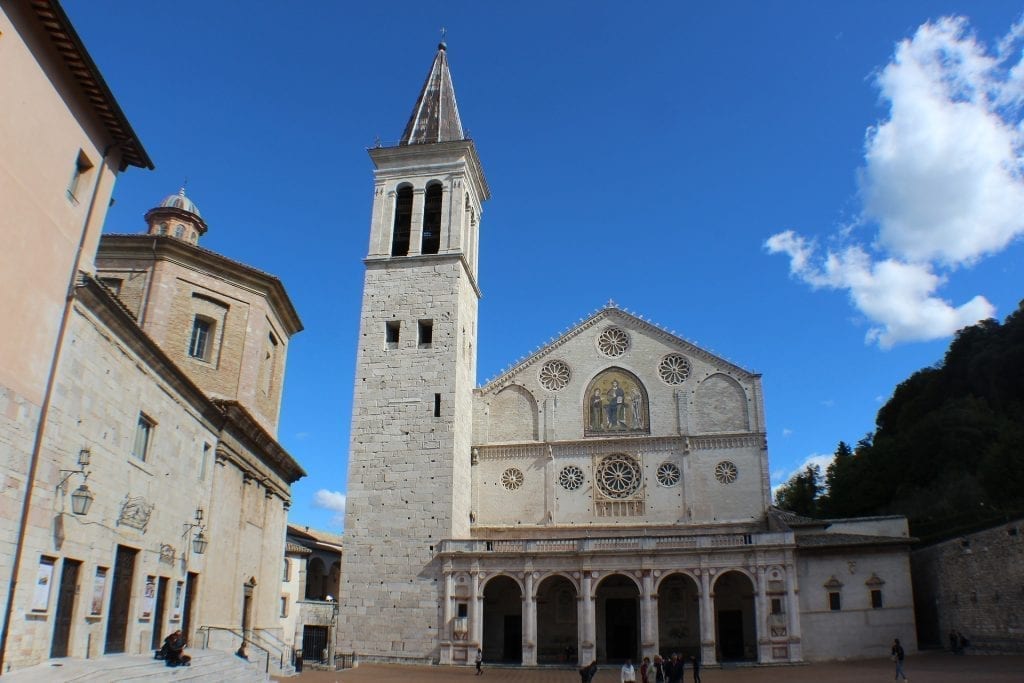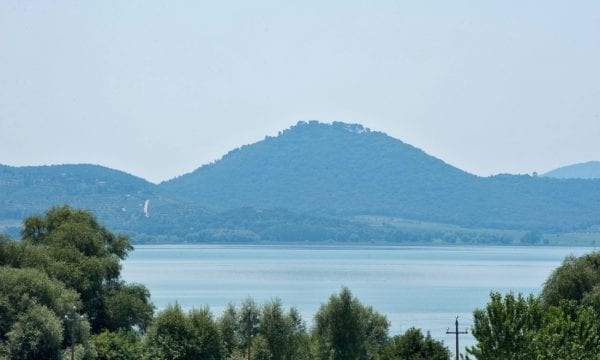SPOLETO
Spoleto has maintained intact its old medieval look, even though there is a characteristic Roman influence still in evidence today. It was for many years a flourishing Longobard Duchy before it became an important centre of the Papal State. The oldest origins of the city can be found in the Druse arch that dates to 23 AD (near the Romanesque church of Sant’Ansano), the Roman theatre which dates to the first years of the Empire and the paleochristian basilica of San Salvatore from the 4th century (1.2 km north).

Not far from the 12rd century Church of St. Gregory Major, with its characteristic apsidal area and lifted presbytery, one finds a three-arched Roman bridge, also known as the Bloody Bridge, and a 3rd century amphitheatre. Other, younger, landmarks which also bear mentioning are the Church of San Domenico and San Ponziano, both built around the 12th century. Saint Peter’s is also very interesting for the bas relief décor that embellishes its 13rd century façade. From the area in front of Saint Peter’s one can enjoy a stunning view of the city of Spoleto all the way to the imposing 230 meter long Ponte delle Torri, with its ten 80-meter high arches. It connects the Rocca, built by Matteo Gattaponi in 1352 at the behest of Cardinal Egidio Albornotz, to the feet of Mount Monteluco, the mountain that overshadows the city. Monteluco was the sacred mountain of the Anchorites, who settled here in the 7th century and eventually founded their Franciscan convent 8 km from the town centre and the San Giuliano Church. Those lucky enough to be able to visit these sacred edifices will never forget the Duomo complex, built in the 12th century and distinguished by byzantine-like mosaics on its façade. The Romanesque Sant’Eufemia church is also more than worth a visit. Without a doubt one of Umbria’s most famous cultural events takes place in Spoleto every summer: the classical music and dance Festival dei Due Mondi.
